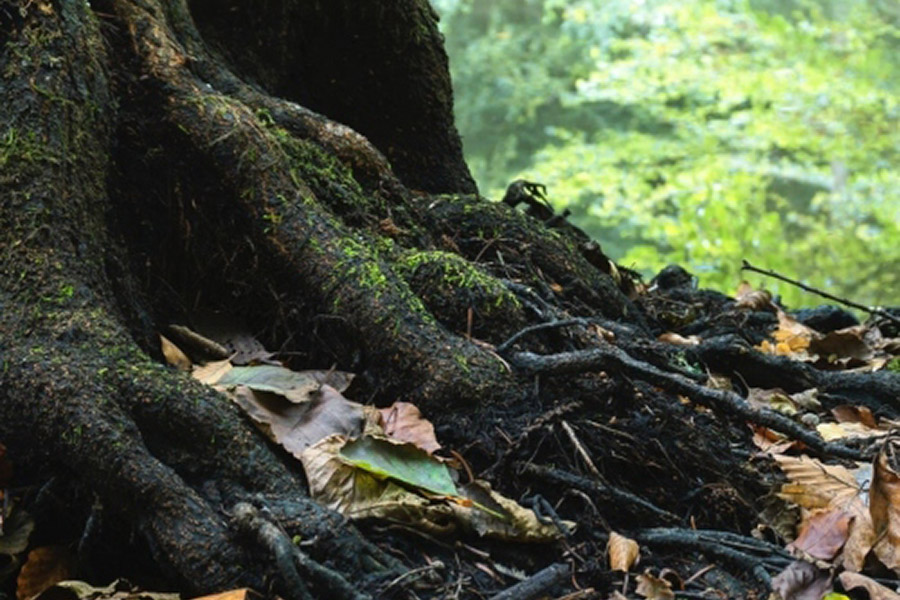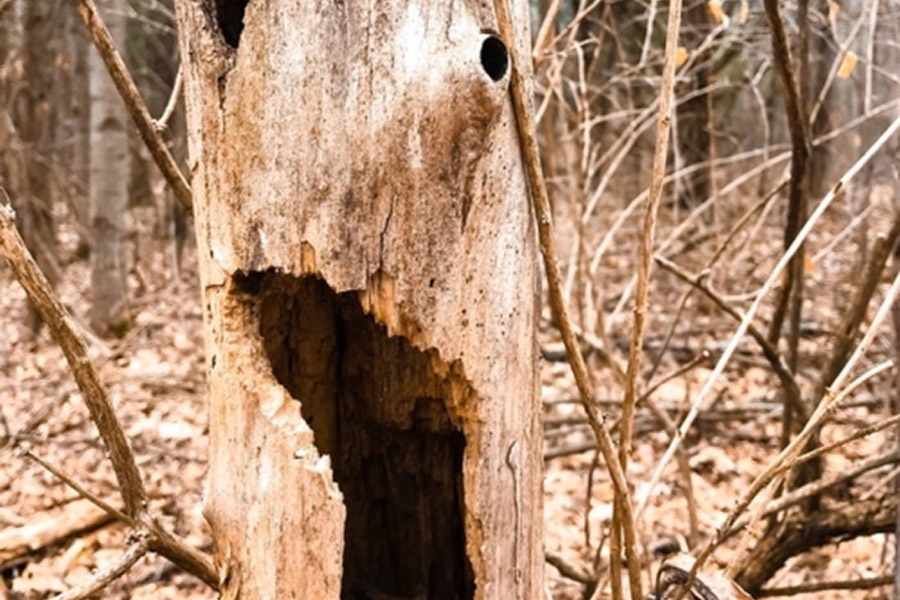Four Factors That Predispose Trees to Wind Damage
Introduction
For all of the amazing benefits trees provide , strong winds can make them incredibly dangerous. Gusts and gales can send branches flying through the air, while particularly strong winds can uproot trees or snap trunks like twigs.
You can’t do much to stop the wind (in fact, trees are often used to block the wind , among other things), so the only way to reduce the chances that your trees will suffer damage (or fail completely) is to have them inspected by an ISA-certified arborist . Certified arborists are trained to recognize the subtle signs that indicate that a tree is susceptible to wind damage. The arborist can ascertain the likelihood for failure and recommend a course of action to reduce your risk.
However, homeowners and property managers must do their part as well. By observing your trees and watching out for the following four problems, you can identify problematic trees and solicit the assistance you need.
Poor Rooting Space
Exposed Tree Roots Weaken This Tree’s Wind Resistance
Trees planted in inadequate spaces often face significant challenges due to restricted root development. In urban and suburban areas, limited rooting space prevents trees from establishing a robust root system, making them more susceptible to being uprooted by wind. Proper root development is crucial for anchoring trees, and without it, even mild winds can cause severe damage.
To mitigate this risk, it’s essential to plant trees in locations that provide sufficient space for roots to spread. Ensure the soil is at least three feet deep and free from compaction . This allows roots to grow unimpeded, providing the necessary support for the tree. Additionally, to help protect new trees from wind damage, plant them in places with a footprint equal to their (mature) canopy spread. Consider consulting with an ISA-certified arborist to evaluate potential planting sites and recommend the best practices for promoting healthy root systems.
Disease, Decay, or Prior Damage
A Hollowed-Out Tree Trunk
Healthy trees can typically withstand strong winds, but those compromised by disease , decay, or previous damage are at a higher risk of wind damage. Signs of decay, such as large hollows, crown dieback, or fungal growth, indicate weakened structural integrity. Such trees may drop limbs unexpectedly, posing a constant threat to property and safety.
While there can be considerable heartache surrounding the removal of a treasured tree, damaged or decayed trees demand prompt attention. If you notice any of the above signs of disease or decay, it is crucial to have a certified arborist inspect the tree immediately. While some trees may require removal, others can be salvaged with proper pruning and treatment. Addressing these issues promptly can prevent accidents and extend the lifespan of your trees, ensuring they remain a valuable part of your landscape.
Improper Structure
A Tree with an Irregular Structure that Weakens its Wind Resistance Capability
Trees with structural issues, such as large co-dominant stems or inappropriate pruning, are particularly vulnerable to wind damage. Co-dominant stems can split during storms, and trees that have been ” lion-tailed ” (inner branches removed) are more prone to wind damage due to the imbalance created.
Correcting structural problems often requires the expertise of a skilled arborist. Through proper pruning techniques, these issues can be mitigated or entirely corrected, reducing the tree’s risk of failure. Nevertheless, it is always preferable to avoid such problems in the first place. Preventative measures, such as regular inspections and maintenance, are essential to maintain tree health and structural integrity, especially in wind-prone areas.
Girdling Roots

An Urban Tree with Girdling Roots
Girdling roots, which grow around the base of a tree, can choke off nutrient flow and weaken the tree’s structure. Over time, such roots cause damage to the bark, phloem, and cambium, making the tree weak at this location. This condition is common in trees planted too deeply, leading to long-term health decline and increased vulnerability to wind damage.
This condition causes significant damage to the tree’s bark and inner layers, compromising its stability. Eventually, the damage becomes significant enough to compromise the structural integrity of the tree. Most of the tree’s weight is on one side of the weak spot, while the tree’s anchor point—the roots—are on the opposite side. The problem comes to an unfortunately rapid resolution when a strong wind blows across the tree’s canopy and causes the trunk to snap in half, usually near the ground.
To address this issue, an arborist can perform root pruning and other corrective measures to restore proper growth patterns. Regular monitoring and maintenance are crucial to prevent girdling roots and ensure the tree’s long-term health and resilience against wind damage.
Conclusion
These are not the only factors that predispose trees to wind damage, but they are some of the most common. In all cases, you will need to solicit the help of a skilled tree service company to ensure the safety of your family. Fortunately, professional tree care is only a quick call or email away for Bay Area residents.
Arborist Now offers comprehensive tree care services in the San Francisco Bay area, specializing in identifying and mitigating factors that predispose trees to wind damage. Our ISA-certified arborists provide expert inspections, treatments, and maintenance to ensure the health and safety of your trees. For more information or to schedule a consultation, visit our website or contact us today .
We may receive affiliate compensation for some of the links below at no cost to you if you decide to make a purchase.
Originally published on May 9, 2016.






